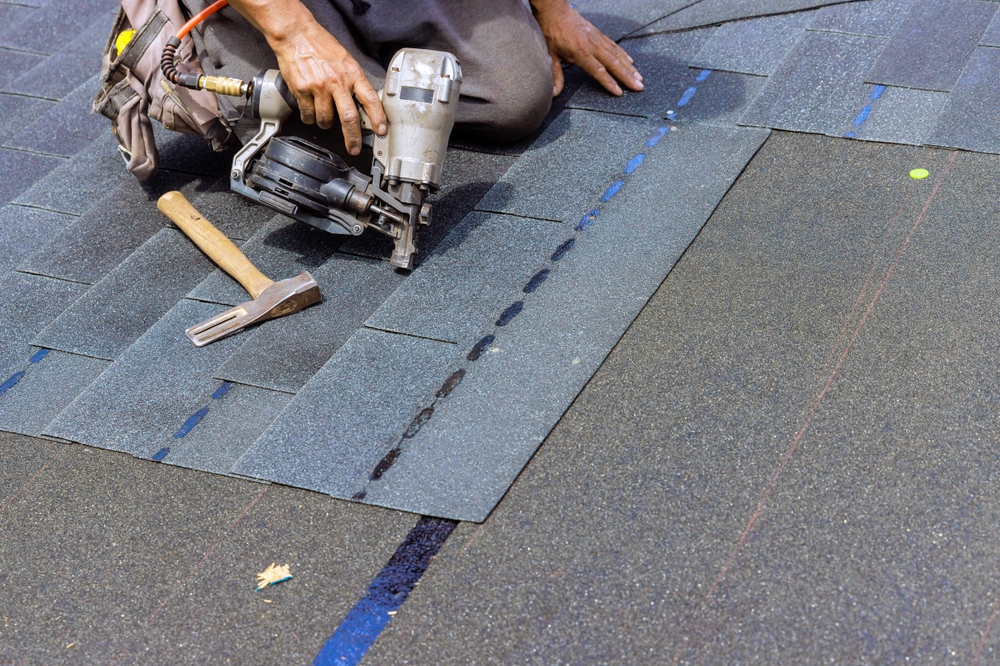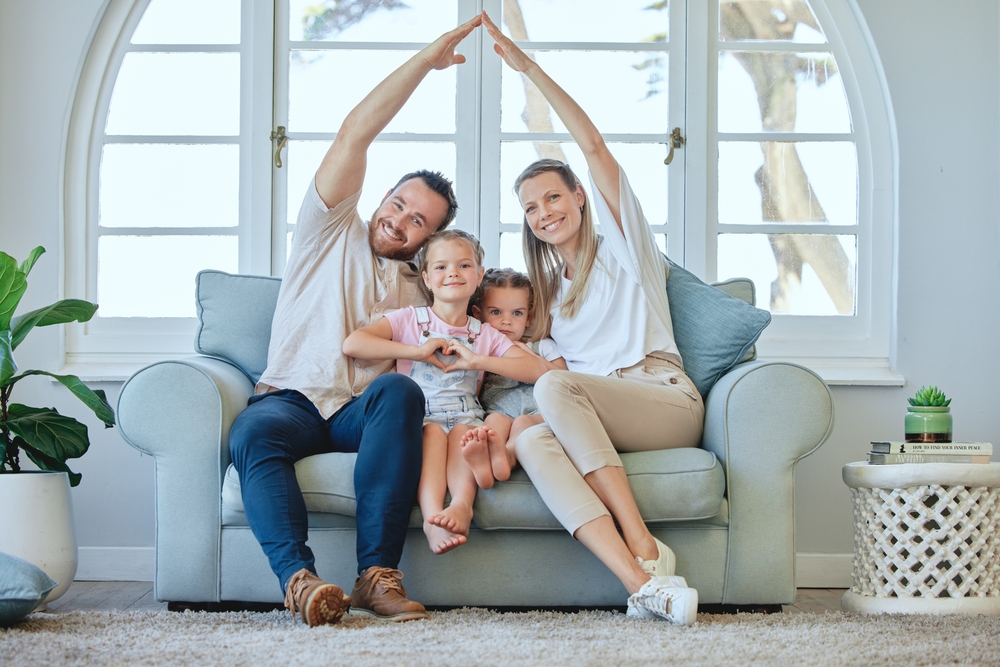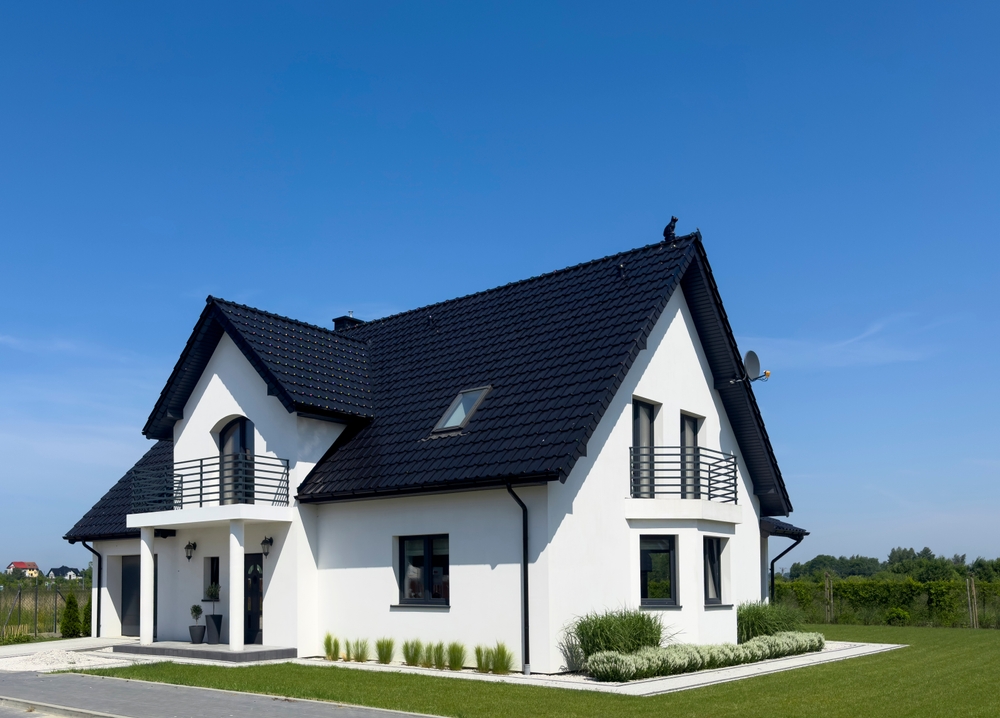Table of Contents
- Introduction to Commercial Roofing in Orlando
- Key Challenges in Commercial Roofing Projects
- Case Study 1: Renovation of a Downtown Office Complex
- Case Study 2: New Roofing System for a Retail Center
- Case Study 3: Solar Roof Installation for a Tech Park
- Case Study 4: Waterproofing for a High-Rise Hotel
- Case Study 5: Green Roofing System for an Educational Facility
- Lessons Learned from Successful Projects
- How to Choose the Right Contractor for Commercial Roofing in Orlando
- Conclusion
Commercial Roofing Contractors Orlando is a critical aspect of maintaining business properties, ensuring the safety, efficiency, and aesthetic appeal of the building. In Orlando, Florida, with its subtropical climate, heavy rainfall, and occasional hurricanes, successful commercial roofing projects require a blend of innovative solutions, durable materials, and skilled contractors. Each project presents unique challenges that demand tailored approaches to deliver optimal results.
This article examines a series of successful commercial roofing projects in Orlando, highlighting the challenges faced, solutions implemented, and outcomes achieved. These case studies demonstrate how businesses can benefit from quality roofing solutions and inspire confidence in future projects.
1. Introduction to Commercial Roofing in Orlando
Orlando’s booming commercial real estate market spans offices, retail centers, hotels, and industrial properties. A well-designed and properly installed roof is essential for these properties to withstand Florida’s harsh climate while enhancing energy efficiency and reducing maintenance costs. Successful commercial roofing projects not only address immediate concerns but also contribute to long-term building performance and sustainability.
2. Key Challenges in Commercial Roofing Projects
1. Climate Considerations
- Orlando’s heat, humidity, and heavy rains demand roofing materials that resist moisture, UV radiation, and temperature fluctuations.
2. Building Use and Design
- Different types of commercial buildings, such as retail centers or high-rise hotels, have unique roofing requirements based on their purpose and structural design.
3. Compliance with Regulations
- Florida’s strict building codes, particularly for hurricane resistance, require careful planning and execution.
4. Project Timelines
- Minimizing disruption to business operations during roofing projects is crucial for maintaining tenant and customer satisfaction.
3. Case Study 1: Renovation of a Downtown Office Complex
Project Overview
A five-story office complex in downtown Orlando required a complete roof replacement due to persistent leaks and energy inefficiency. The existing roof was an aged asphalt system that could no longer withstand Orlando’s climate.
Challenges
- Tenant Impact: Ensuring minimal disruption to office operations.
- Weather Conditions: Completing the project during Orlando’s rainy season.
Solution
The contractor installed a modern TPO (Thermoplastic Polyolefin) roofing system known for its energy efficiency and durability. The project was divided into phases to ensure sections of the building remained operational.
Outcome
- Reduced energy costs by 20% due to the reflective properties of the TPO material.
- Tenants experienced minimal disruption, and the project was completed on schedule.
4. Case Study 2: New Roofing System for a Retail Center
Project Overview
A 50,000-square-foot retail center in suburban Orlando needed a new roof to address structural concerns and prevent water infiltration during heavy storms.
Challenges
- Large Surface Area: Ensuring uniform installation across a vast area.
- Tenant Variety: Retail tenants required uninterrupted business operations.
Solution
A modified bitumen roofing system was selected for its durability and ability to handle large areas effectively. Work was conducted during off-hours to minimize tenant disruption.
Outcome
- The retail center remained fully operational throughout the project.
- The new roof enhanced the building’s value and provided long-term protection against Florida’s weather conditions.
Also Read: Benefits of Regular Roof Maintenance in Orlando
5. Case Study 3: Solar Roof Installation for a Tech Park
Project Overview
A tech park in Orlando aimed to integrate sustainability into its operations by installing a solar roofing system on its central administrative building.
Challenges
- Structural Load: Ensuring the existing roof could support solar panels.
- Regulatory Compliance: Meeting Florida’s solar installation codes.
Solution
The contractor reinforced the roof structure and installed solar panels using a ballasted mounting system. The roofing material was a reflective TPO membrane to maximize energy savings.
Outcome
- The building achieved a 30% reduction in electricity costs.
- The project showcased the tech park’s commitment to sustainability, attracting eco-conscious tenants.
6. Case Study 4: Waterproofing for a High-Rise Hotel
Project Overview
A luxury hotel in downtown Orlando faced recurring issues with water infiltration, damaging interior spaces and impacting guest satisfaction.
Challenges
- Height and Accessibility: Working on a high-rise building required specialized equipment and safety measures.
- Aesthetic Concerns: The solution needed to align with the hotel’s premium brand image.
Solution
A liquid-applied waterproofing membrane was used to seal the roof and prevent leaks. The application was performed using swing stages to access the roof’s edges safely.
Outcome
- The hotel experienced no further water intrusion, and guest complaints dropped significantly.
- The project reinforced the hotel’s reputation for quality and comfort.
7. Case Study 5: Green Roofing System for an Educational Facility
Project Overview
An Orlando university sought to install a green roofing system on a new campus building to promote sustainability and provide outdoor learning spaces.
Challenges
- Weight Considerations: Ensuring the roof could support soil, vegetation, and additional loads.
- Maintenance Requirements: Developing a plan for ongoing upkeep of the green roof.
Solution
The roofing contractor designed a layered system with a waterproof membrane, drainage layer, and lightweight growing medium. Native plants were chosen to minimize irrigation needs.
Outcome
- The green roof reduced the building’s cooling costs by 15%.
- Students and faculty gained an innovative outdoor space for classes and events.
8. Lessons Learned from Successful Projects
1. Tailored Solutions
Each project required a customized approach based on the building type, roofing needs, and client priorities.
2. Importance of Communication
Clear communication with clients and tenants ensured minimal disruption and high satisfaction.
3. Climate-Appropriate Materials
Using materials suited to Orlando’s climate was critical for long-term performance and durability.
9. How to Choose the Right Contractor for Commercial Roofing in Orlando
Key Considerations
- Experience: Look for contractors with expertise in large-scale commercial projects.
- Licensing and Insurance: Ensure the contractor meets Florida’s licensing and insurance requirements.
- References: Request references and review past projects for quality assurance.
Questions to Ask
- What materials do you recommend for my building?
- How do you minimize disruption during installation?
- What warranties do you provide?
10. Conclusion
The success of commercial roofing projects in Orlando depends on thoughtful planning, skilled contractors, and the use of high-quality materials tailored to the local climate. The case studies highlighted in this article demonstrate how innovative solutions and careful execution can address common challenges, enhance building performance, and improve overall value.
By learning from these successful projects and working with experienced professionals, Orlando businesses can achieve durable, efficient, and visually appealing roofing systems that stand the test of time.



